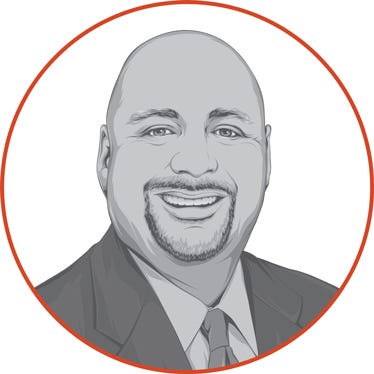
I regularly review my farm’s financials, on my own and with my lender. It starts to feel like all I’m doing is just looking at my history. Is there value in that? What are you seeing other farms measure, beyond basic financials? – E.N., Mo.
This is a major question for business owners, since financials can only look at what’s already happened. In the 90s, many business leaders began to shift their thinking about their business’ scoreboard beyond purely financial measures.
Out of this came the concept of a “balanced scorecard.” It includes four lenses for business leaders to monitor: the people side, business systems and processes, customers, and financials.
I’d propose a “farm scorecard” with four lenses, with the first one being the people involved on the farm. To monitor this, you can ask questions like: How frequently am I having meaningful one-on-one conversations with the other owners and with employees? How much training are we intentionally doing to build people’s skills?
For the process part of the scorecard, you might measure how well current processes are going – how often are we having in-season downtime? How frequently do we have errors of misapplication or location errors? This can help show whether systems and processes need a tune up.
Next, I’d propose a “partners” section rather than customers. This includes the farm’s suppliers, elevators you’re selling to, landlords, and so on. What activities will show that the farm is on track with taking care of those partner relationships? Are you sitting down with them on an annual basis to review expectations and how things are going?
To put all the pieces together: If you have the right people doing the right things for the right people, then the expectation is that profitability is going to flow from that. Your scorecard can give you a checklist to periodically ask how the farm is doing in those areas.
Great leaders focus on the areas they have direct control over and where they can take action to improve their business. To think beyond the financials, look for the key drivers on your farm that – if done well – are going to lead to your desired financial outcomes.
What is a farm business strategy? I hear people talk about their farm business strategy, but I don’t usually get much of an explanation about what they mean by that. What are some good practices around farm business strategy? – B.T., Iowa
I think of three levels when it comes to strategy in any business. The first level is related to the farm leader’s vision of what we’re here to do, what we’re aiming to create, and our values. How will the things we care most about come to life in our business?
Next comes the level of strategy that many people usually talk about. Strategy is not a plan – it is making certain choices about what we’ll do and not do. Strategy involves making our vision come to life in a way that demonstrates our values.
Strategy is also about making decisions to support the competitiveness of our business – including how we’ll spend our time and capital. We need to revisit our strategy and choices over time to ensure they’re still serving what we’re trying to create.
The third layer down is made of what tends to consume most of our time as a business leader – the tactics. That includes every activity on the farm – for example, changing the combine’s oil, or scouting for weeds. These activities must be performed well, but they can eat up much of our time.
As industrious farmers, we’re diligent to take care of what needs to be done, but that can come at a price. Things like taking care of strategic relationships with landlords or suppliers can easily go by the wayside. That’s a big risk. Everything we choose to do on the tactical side likely means there’s something we’re not doing on the executive side.
As executive farm leaders, we’re charged with the non-urgent work of clarifying and communicating the vision, tending to our values, and making key choices about what we’re going to do and not going to do – so everyone on the farm can be aligned around what needs to be done on the tactical side.
Overall, strategy isn’t setting out a plan – it’s the hard choices we must make to ensure that tactical activities are in alignment, ultimately serving the farm’s values and vision.
Read more about:
Farm FinancesAbout the Author(s)
You May Also Like






